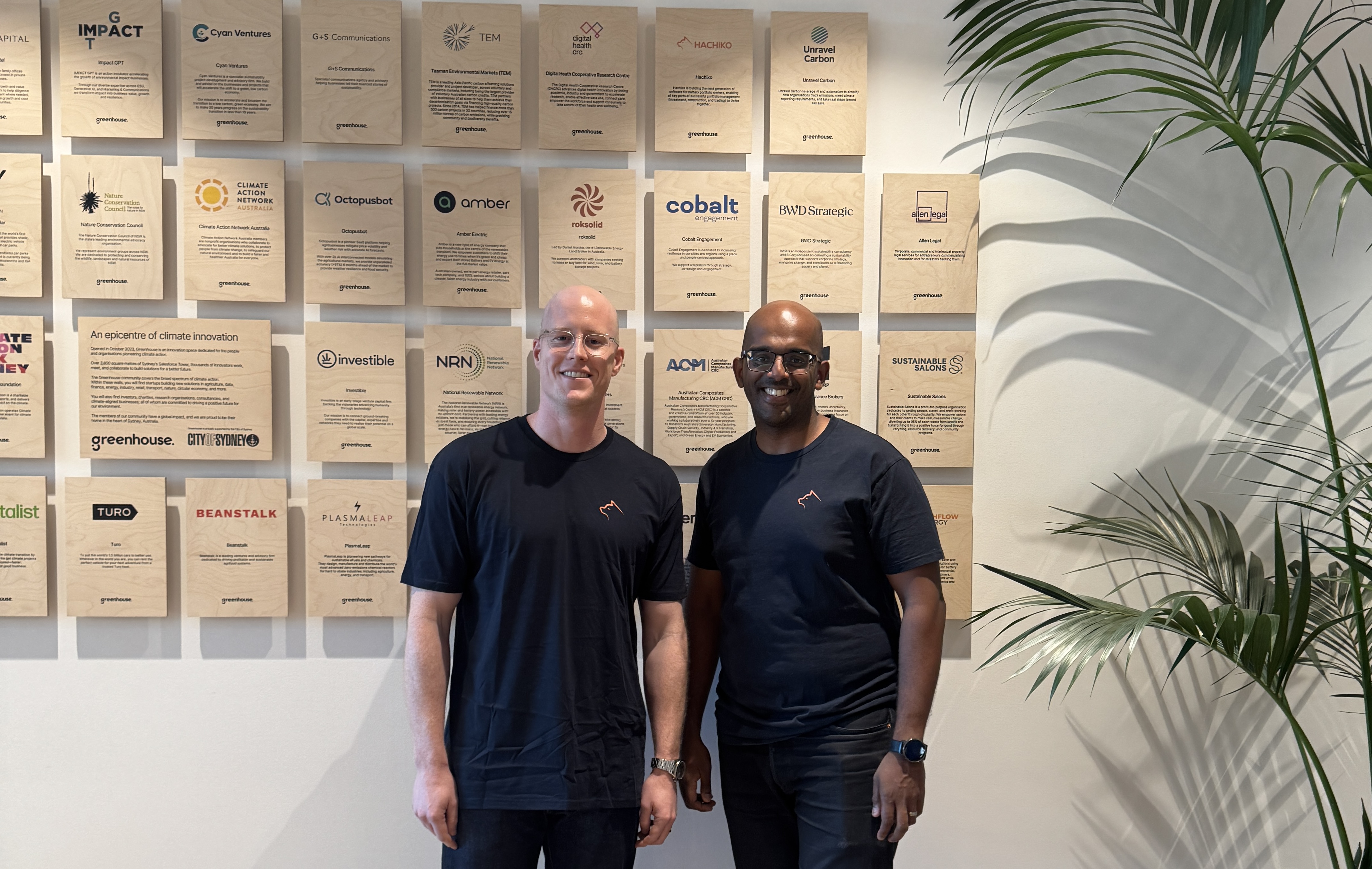
At the beginning of 2020, we had big plans to deliver more than 85 in-person events across Australia, New Zealand and Southeast Asia. COVID-19, of course, had other plans.
With programs already underway, we were forced to toss out our schedules overnight and start trying to figure out how we could transition a series of high-touch, high-impact physical events for online delivery.
With webinars, virtual Q&As and online Demo Days taking place daily, it’s clear our business was not alone in this challenge. And while some of these events are even more effective than their in-person counterparts, others threaten to turn participants and observers into lifeless ‘Zoombies’.
Over the last few months, we’ve moved two 12-week programs fully online, ran a virtual ‘bootcamp’ experience, delivered dozens of online workshops and spent 20 hours on Zoom over two days to run our most recent Investible Games challenge event.
So, what have we learned about transitioning in-person events into compelling online experiences?
Here are the top tips that have helped our team make the switch.
1. Start from scratch
The biggest mistake businesses can make when it comes to moving physical events online is not taking time to reimagine the experience. You need to create new experiences, not simply convert old ones onto a digital platform. Be comfortable with the fact that the physical events you meticulously planned may be completely different in a digital format.
Focus on the outcomes you want to achieve and get creative on how to make it happen. We spent weeks mapping out the best way to transition our two day, in-person Investible Games series for 100% online delivery. This included tossing our original approach, which was the product of months of iterating and validation, out the window. It was a challenging process but it helped us make the event more scalable than ever.
2. Take a holistic view of engagement
Most events have multiple stakeholders; in addition to participants or audience members, you likely have hosts and special guests, sponsors and partners, judges, team members and more. With that in mind, it’s important to consider how you can make the event valuable, memorable and/or productive for everyone involved.
Think about the user experience from all angles. How are guest speakers or judges onboarded and briefed? How can you ensure external partners have a positive experience? The same steps you take to make the event impactful for your core customers should also be taken into consideration for those supporting your event.
3. Give your event a personality
Video calls and online events are the standard now, and for that reason, they’re also susceptible to becoming stale. Your attendees are spending a lot more time on the couch or chair, so it’s important to consider how you can inject some life into the event while reinforcing your brand’s personality and values.
For instance, one of our company values is Serious Fun, so our physical events typically involve mini-games and lots of laughter. With that in mind, it makes sense for our virtual events to also include funny virtual backgrounds, dancing and games. But even simple factors such as music and the excitement and intonation of the host’s voice can help keep attendees engaged.
4. Focus on engagement, not registrations
‘Event registrations’ is the new vanity metric. What matters most for businesses is that the right attendees show up and engage with your event, speakers or information.
Engagement starts with planning. Think about how to make the ‘pace’ of your event more dynamic, and build in ‘highs and lows’ in energy and participation. We all process information differently, so also think about how you can use audio and visuals, mix in breakout rooms and small group sessions and decide whether polls, quizzes, memes or other elements make sense for your event.
Don’t be afraid to utilise more than one channel to connect with you event audience. While the bulk of our events take place on Zoom, we use WhatsApp to build excitement and keep participants engaged and to help resolve any technical issues during more complex events.
5. Map it out to the minute - and test!
No one enjoys waiting around for events to start. But with virtual events, ‘dead space’ can be particularly awkward. With all of us spending so much time on virtual calls, it’s even more important to be punctual. Break up the activity for longer events or consider how you might allow attendees to select the most relevant sections for them.
It also goes without saying that you must prepare for the worst! Iron out potential technical issues in advance and have contingencies to ensure your customer experience is seamless. For our events, that also means understanding regional and cultural differences. Tech platforms that are common to Australians might be banned in other countries or participants might not have as reliable internet access. The bottom line: Always have a back up plan!
6. Continue the conversation beyond event day
Most events will lend themselves to organic opportunities to engage with attendees pre and post-event. Think about the level of engagement that is appropriate based on what your attendees have ‘opted in’ to receive.
Don’t make assumptions about your participants and ensure they know what is expected of them in advance. Remember, onboarding and post-event follow up might be more important for your business than event day. You’re likely hosting an event to build brand awareness, support your customers or convert new ones, so think carefully about the many ways in which you can add value after you wrap.







